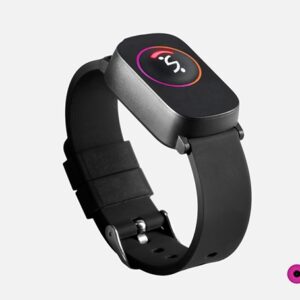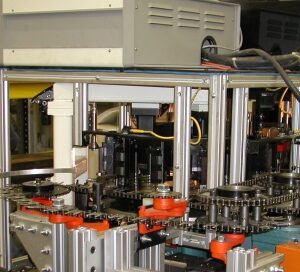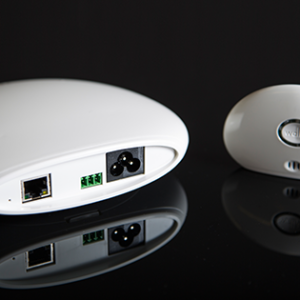Cheap night vision equipment is essential for various activities, including military operations, wildlife observation, surveillance, and even nighttime photography. These devices enhance visibility in low-light conditions, allowing users to see clearly in the dark.
There are several types of night vision equipment, each serving different purposes and utilising distinct technologies.
- Night Vision Goggles (NVGs)
Night vision goggles are perhaps the most recognisable type of night vision equipment. These devices are typically worn on the head, providing hands-free operation. NVGs use image intensification technology to amplify available light, such as moonlight or starlight, to produce a visible image.
Advantages: Hands-free usage, lightweight, and portable.
Disadvantages: Limited depth perception and field of view compared to other devices.
- Night Vision Monoculars
Night vision monoculars are single-lens devices that are compact and easy to carry. They are often used for a range of applications, including navigation, wildlife observation, and security.
Advantages: Lightweight, portable, and versatile.
Disadvantages: Viewing with one eye can cause eye strain over prolonged use.
- Night Vision Binoculars
Night vision binoculars offer a more immersive viewing experience by using two lenses, one for each eye. This type of equipment is ideal for long-range observation and surveillance.
Advantages: Improved depth perception and field of view.
Disadvantages: Bulkier and heavier than monoculars and goggles.
- Thermal Imaging Devices
Thermal imaging devices detect heat signatures emitted by objects and convert them into visible images. Unlike traditional night vision equipment that relies on ambient light, thermal imagers can see through smoke, fog, and complete darkness.
Advantages: Can see through smoke, fog, and darkness; effective in various environments.
Disadvantages: More expensive and may require more power.
- Infrared Illuminators
Infrared illuminators emit infrared light that is invisible to the naked eye but can be detected by night vision devices. They are used to enhance the performance of night vision equipment in extremely low-light conditions.
Advantages: Enhances visibility in very low-light conditions.
Disadvantages: Can reveal the user’s position to others with night vision capabilities.
- Digital Night Vision Devices
Digital night vision devices use electronic sensors to capture light and produce images. These devices often include features like video recording, zoom, and the ability to switch between day and night modes.
Advantages: Versatile with advanced features like recording and zoom.
Disadvantages: Can be more complex to operate and may consume more battery power.
- Night Vision Scopes
Cheap night vision scopes are designed to be mounted on firearms for nighttime hunting and tactical operations. They use image intensification or thermal imaging technology to help shooters aim accurately in the dark.
Advantages: Enhances nighttime shooting accuracy; durable and reliable.
Disadvantages: Can be expensive and may add significant weight to the firearm.





